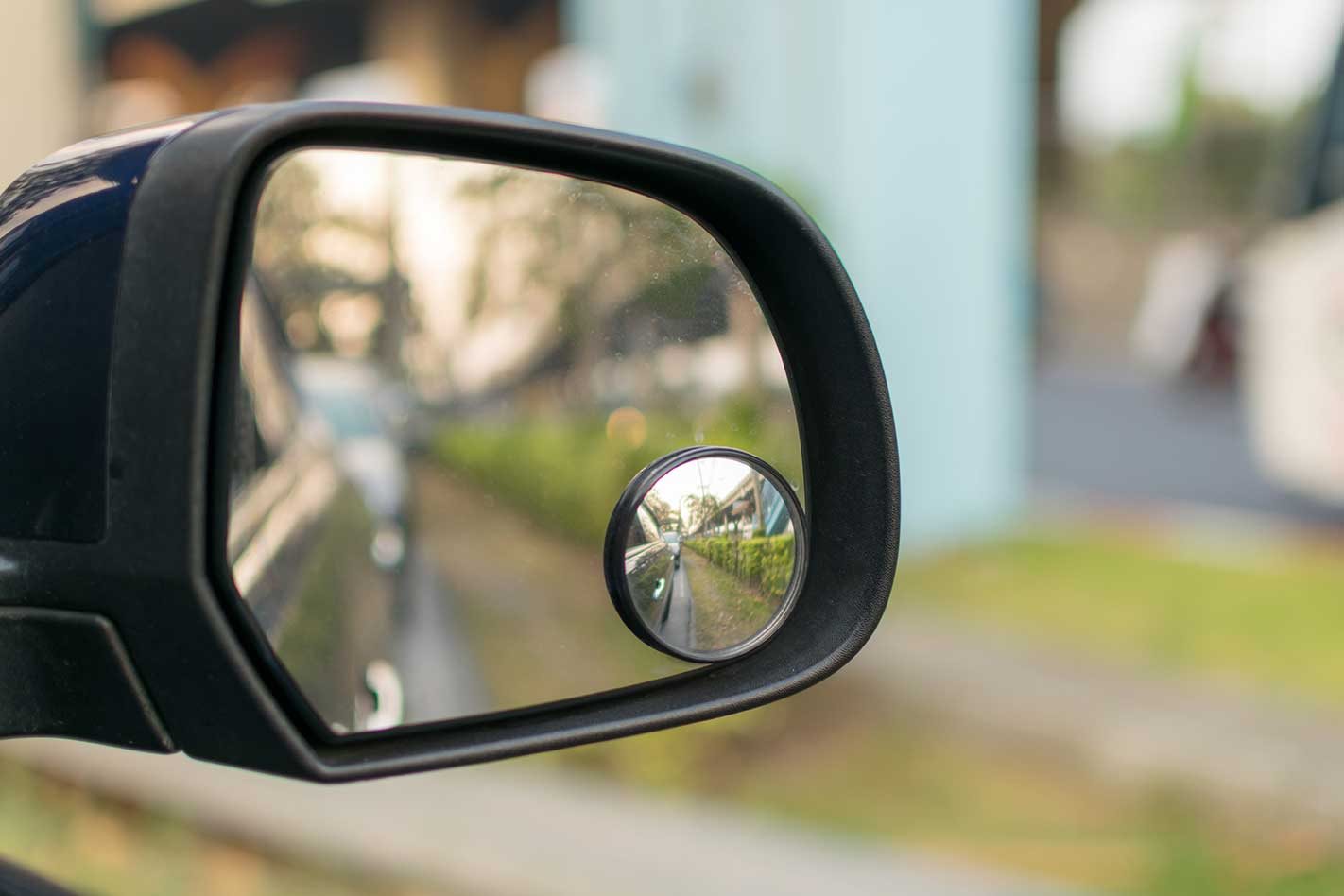
Every car has a blind spot, but not all cars are created equal. Some, by fault of design, have excellent vision, while others have a blind spot so terrifying and hidden that you’ll need to double your visits to the physio.
The vehicle’s blind spot is an area of your car that obstructs the driver’s view. There are certain design elements in a car that can cause this including the A-pillar, B-pillar, mirror or even headrests – essentially, anything that reduces visibility is a blind spot and a potential hazard because it limits the driver’s ability to identify objects around the car, like, say, another car.
These days, most new cars offer safety technology that helps reduce blind spot dangers, including blind spot monitoring where your car will beep at you or flash a light if you indicate to change lanes and there’s an object in the area of low visibility.
So too, some cars will even slam on the brakes when reversing if they detect the approach of a car/obstacle from behind.
Checking your rear-view mirror and side-mirrors are important steps in avoiding a collision, and briefly looking over your shoulder will reveal anything hidden in a blind spot. Never assume that it’s clear. It’s an important lesson on the road, and often a point of failure for many in driving tests. Even if your car has sensors, it’s a good idea to check this area – technology isn’t infallible. This is particularly important for first-time drivers and also those entering retirement.
It may take extra time and effort, but the trade-off is definitely worth it when it could potentially save you from a crash. Better to be safe than sorry.
If you’re towing a trailer, caravan, boat or any other large objects, your blind spots can double.

So when should you check your blind spot?
Every time you move the car from stationary or park, you should check your blind spot for other cars, cyclists or pedestrians, and any other obstacles that may be at danger.
Also have a quick look when changing lanes, even if you think it’s clear. Other road users can sneak into your blind spot quickly. Not to mention cyclists or motorbikes who are smaller and often better hidden.
Larger vehicles aside, when you’re taking a left turn, cyclists become the ones to look out for.
Apart from the new safety tech making its way in to cars, there are other things you can do to help identify blind spots.
Extra mirrors that attach to existing door mirrors give you a wider view of the side of your car. Also, setting up your rear-view and side mirrors correctly can reduce the areas around your car with less visibility.
To do this, your rear-view mirror should give you direct view of the road behind you and cover your rear window with a slight bias to the right. Then, use markers in your rear-view mirror to set up your side mirrors. For example, an object on the far right of your rear-view mirror should appear in the far left of your right-side mirror, and it’s reversed for the left side: a marker on the far left of your rear view should appear on the far right of your left-side mirror.



